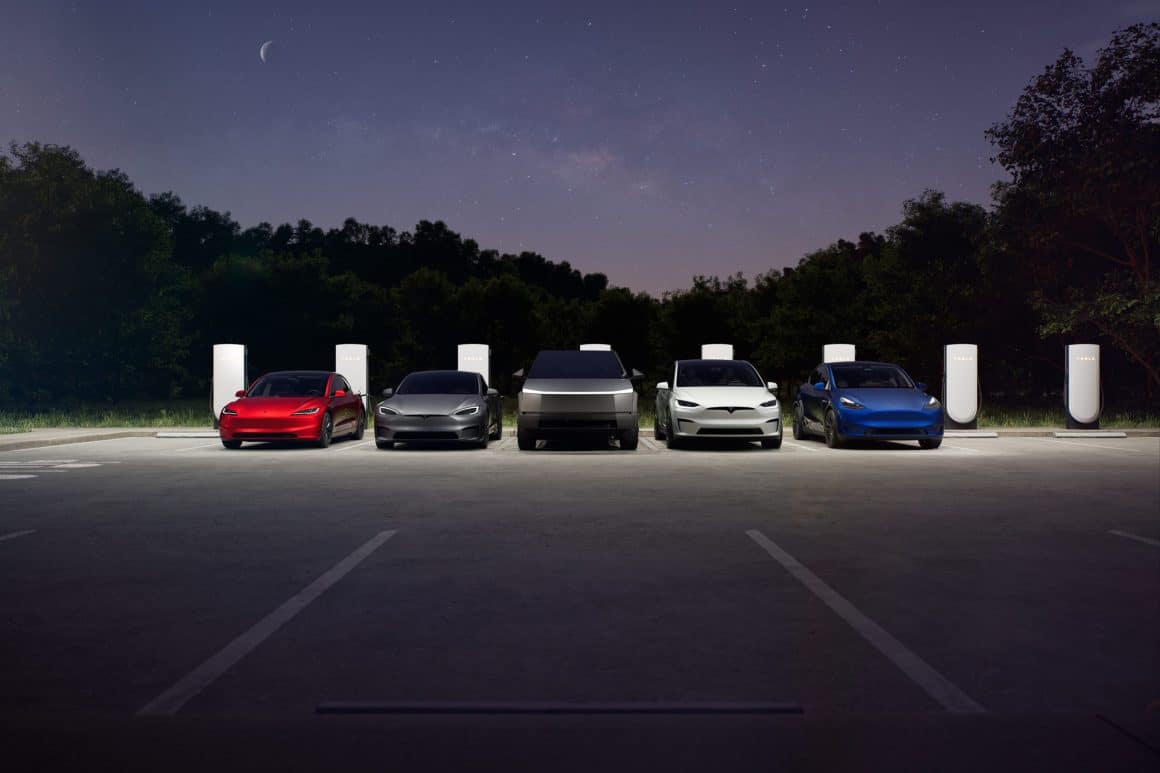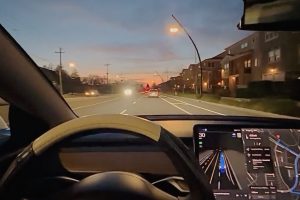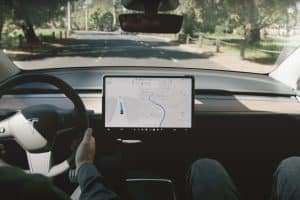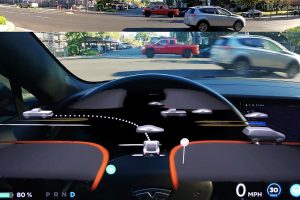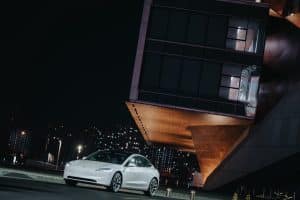- 🚗 Tesla is expanding data collection in key areas of California, including near the upcoming Robotaxi event location.
- 🏢 The increased data collection is observed around Warner Brothers studio, Hollywood Diner, and other major Californian sites.
- 📆 The Robotaxi unveiling event was delayed from August 8 to October 10, awaiting design changes and additional features.
- 🤖 The Robotaxi will utilize Tesla’s Full Self-Driving software, which updates using data from its users across the US and Canada.
- 🌍 Tesla claims its FSD software is more scalable compared to competitors like Waymo and GM’s Cruise, which rely on pre-mapped areas.
As we edge closer to Tesla’s highly anticipated Robotaxi unveiling, a fascinating technological and strategic pivot is unfolding behind the scenes. While the focus remains on Tesla’s innovative Full Self-Driving (FSD) software, there has been a significant uptick in data collection activity across key Californian regions. This blog post delves into the details of this development, the reason behind the event delay, and what sets Tesla’s FSD apart from competitors like Waymo and GM’s Cruise.
The Significance of Tesla’s Data Collection Surge
Where and Why: Data Collection Sites
Tesla is ramping up its data collection efforts in strategic locations across California. Notably, these activities have been observed around the Warner Brothers studio in Burbank—a rumored site for the Robotaxi unveiling event—along with the Hollywood Diner and other significant landmarks in the Bay Area. But why concentrate efforts in these particular areas?
The geographical choice might not be coincidental. Such high-profile sites serve as ideal testing grounds for capturing diverse driving scenarios that are crucial for refining Tesla’s FSD software. By concentrating on urban hubs, Tesla aims to ensure that its neural networks learn to navigate complex environments, ultimately enhancing the software’s reliability and safety.

Event Delay: Strategic or Technical?
Design Tweaks and Feature Additions
Originally scheduled for August 8, the unveiling of Tesla’s Robotaxi has been postponed to October 10. Elon Musk attributed the delay to a critical design modification to the vehicle’s front section, suggesting that the additional time allows Tesla to improve the overall presentation and introduce new features. While delays might often be seen as setbacks, this particular pause allows for strategic refinements which could enhance the market readiness and competitive edge of the forthcoming Robotaxi.
Tesla’s FSD: A Cut Above the Rest?
What Makes Tesla’s FSD Unique?
Tesla’s FSD software has long been a point of discussion among automotive and tech enthusiasts. Unlike other driverless ride-hailing services like Waymo, owned by Alphabet, and GM’s Cruise, Tesla’s FSD does not rely on pre-mapped areas. Instead, it harnesses real-time data collected from users driving across the United States and Canada. This method not only assists in continuously training the AI neural networks but also renders their software more scalable and adaptable to new settings.
While services like Waymo and Cruise offer impressive solutions within defined geographic perimeters, Tesla’s approach facilitates a broader operational spectrum. The reliance on real-time data input allows Tesla to engage in dynamic route management and adapt swiftly to unforeseen scenarios, thereby maintaining a robust competitive advantage.
Key Takeaways
- Strategic Data Collection: Tesla’s focused initiative in California hints at robust testing and improvements to their FSD capabilities, underscoring their commitment to seamless and safe urban navigation.
- Planned Delays: The decision to delay the unveiling suggests Tesla’s pursuit of perfection in design and function, reflecting their strategic intent to remain industry leaders in autonomous driving.
- Innovative Technology: Tesla’s reliance on real-time, user-generated data for its FSD software demonstrates a scalability and adaptability advantage over traditional competitor methodologies.
Looking Ahead: What’s Next?
Tesla’s dogged commitment to refining and enhancing its autonomous driving technologies bodes well for its Robotaxi platform’s success. As we move closer to the pivotal event in October, expect further technological insights and revelations that could potentially redefine urban transportation paradigms.
